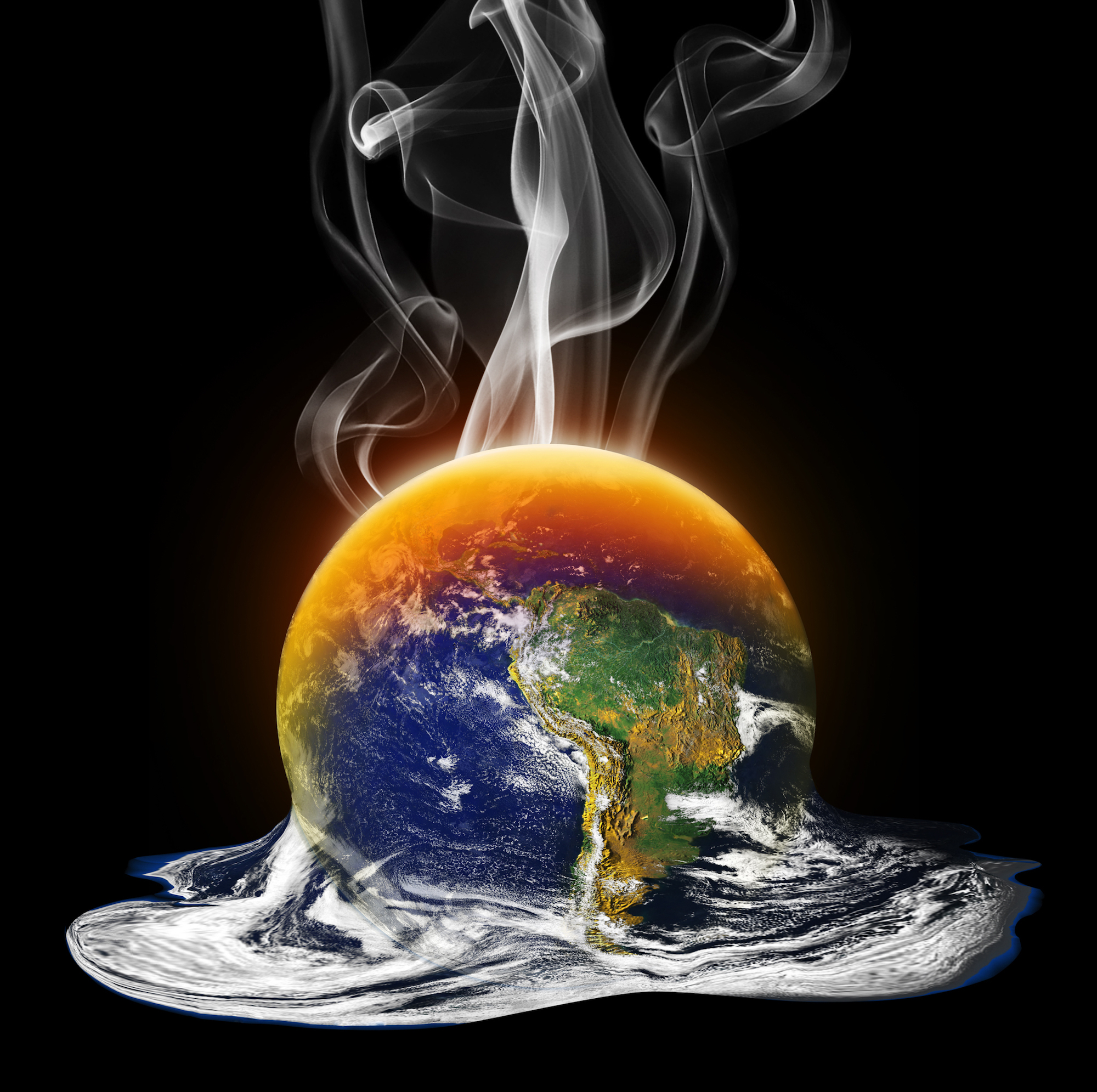
Artificially cooling the planet could have devastating effects
Geoengineering is the large-scale manipulation of Earth’s climate in an attempt to offset the effects of global warming. Scientists are now warning that proposed geoengineering methods could have a devastating effect on some regions of the globe, particularly those prone to bad storms or prolonged drought.
Climate experts from the University of Exeter have determined that conducting geoengineering in one hemisphere would likely have a damaging impact on the other.
For example, introducing aerosols artificially into the atmosphere in the northern hemisphere would reduce tropical cyclone activity which kicks up extreme events such as Hurricane Katrina. But, at the same time, this would lead to increased likelihood for drought in a region of Africa south of the Sahara known as Sahel.
As a result of their findings, the research team is asking policymakers worldwide to strictly regulate any geoengineering programs in the future to prevent causing natural disasters in other parts of the world.
Dr. Anthony Jones is a climate expert from the University of Exeter and the lead author of the study.
“Our results confirm that regional solar geoengineering is a highly risky strategy which could simultaneously benefit one region to the detriment of another,” said Dr. Jones. “It is vital that policymakers take solar geoengineering seriously and act swiftly to install effective regulation.”
The researchers focused their investigation on the impact that releasing aerosols into the atmosphere would have on the frequency of tropical cyclones.
This controversial geoengineering approach, known as stratospheric aerosol injection, was designed to cool the Earth’s surface by reflecting some sunlight before it reaches the surface. The process mimics the conditions that occur naturally after volcanic eruptions when aerosols are injected into the atmosphere.
For their study, the researchers used computer simulations to closely examine the effect of hemispheric stratospheric aerosol injection on tropical cyclone frequency in the North Atlantic. The projections revealed that releasing aerosols in the northern hemisphere would decrease North Atlantic tropical cyclone frequency, while injections contained to the southern hemisphere may potentially enhance it.
“This research shows how a global temperature target such as 1.5 or 2C needs to be combined with information on a more regional scale to properly assess the full range of climate impacts,” said co-author Jim Haywood.
The research is published in the journal Nature Communications.
—
By Chrissy Sexton, Earth.com Staff Writer













